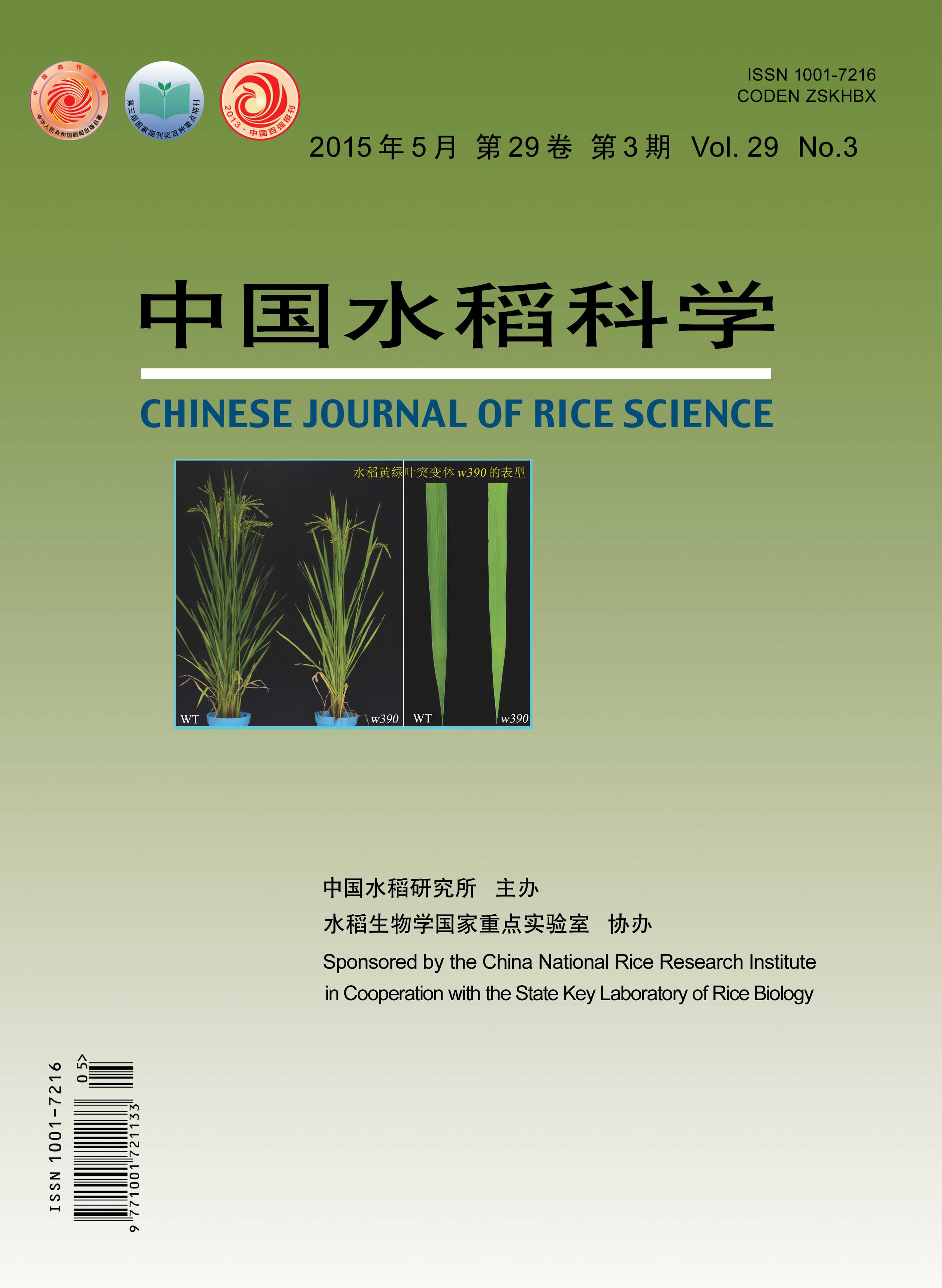To reveal the difference in lodging resistance of culm between indica and japonica super rice, a field experiment was conducted by using two main representative super hybrid indica combinations and two conventional japonica super rice varieties as materials in the rice-wheat cropping regions. Characteristics of morphology, Filling and mechanics, breaking resistance, bending moment, lodging index, apparent lodging rate in the field and grain yield were analyzed systematically. Results showed that: 1) grain yield of japonica rice was significantly higher than that of indica rice, with a rate of 12.30%. For the culm of 0-20 cm from the bottom, the bending moment of japonica rice was significantly higher than indica rice and the lodging index followed an opposite trend without lodging, compared to the average apparent lodging rates in the field of 11.97%, 12.50% from 2011 to 2012 for Yangliangyou 6 and Liangyoupeijiu, respectively. 2) For all the four basal internodes, indica rice had significantly higher breaking resistance and lodging index, while bending moment followed an opposite tendency. 3) Length of each internode and plant height, outer diameter of basal internode, stalk type index, single panicle weight, height of gravity center and ratio of gravity center height to plant height of japonica rice were lower than that of indica rice significantly, with an opposite trend for ratio of neck internode length to stalk length. 4) Culm diameter and wall thickness for all the six elongated internodes of japonica rice were less than that of indica rice, with culm diameter from 1st internode from the bottom to the 4th internode from the bottom reaching a significant level. 5) Dry weight of culm of each internode in japonica rice was lower than that of indica rice and dry weight of leaf sheath of each internode in Liangyoupeijiu was significantly higher than that in the other three varieties. Dry weight per unit internode for the second internode from the bottom of japonica rice was slightly higher than indica rice, while the opposite trend was found for the others. 6) Retaining force per hill and buckling resistance of japonica rice were greater than indica rice significantly, while recovery after pushing followed an opposite tendency accordingly. Therefore, japonica rice was provided with strong ability of retaining and lodging, and indica rice had strong recovering ability. Moreover, for japonica rice, high yield and lodging resistance can be achieved at the same time, owing to its small breaking resistance, large bending moment, low plant height, appropriate internode charactericstics, low height of gravity center, enough dry matter of basal internode, and so on.

